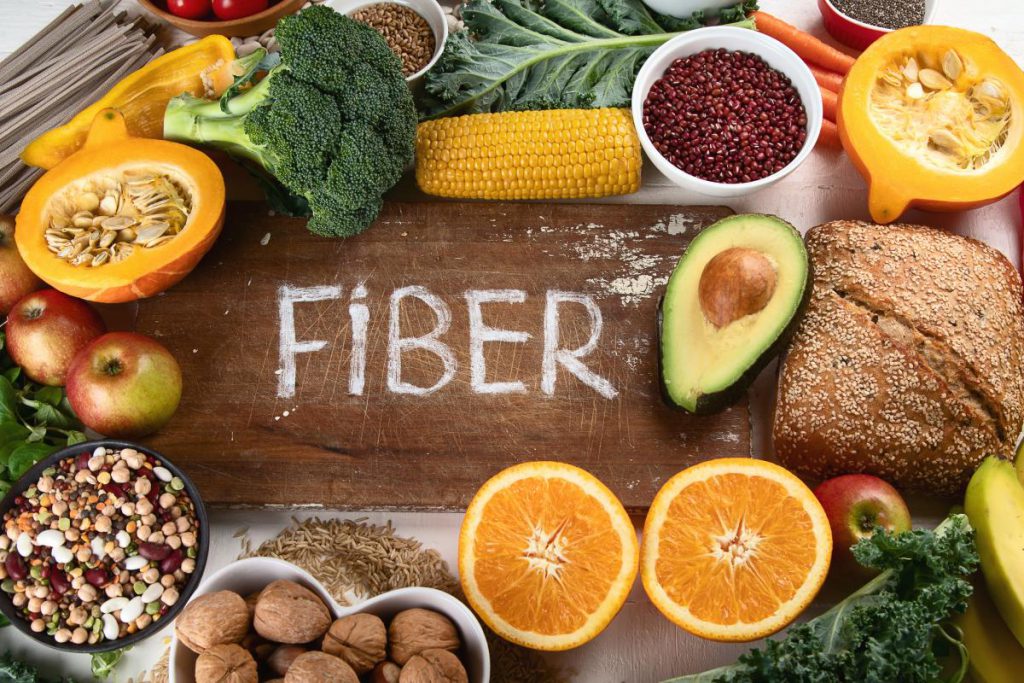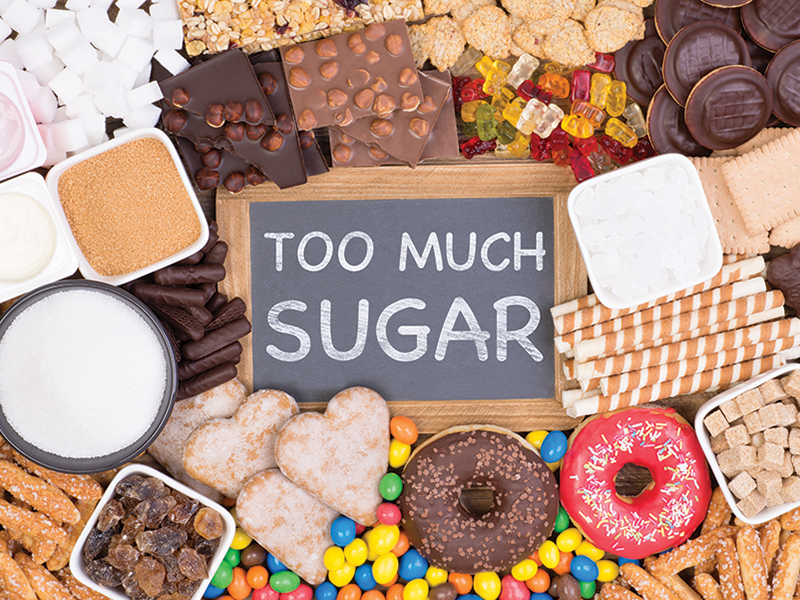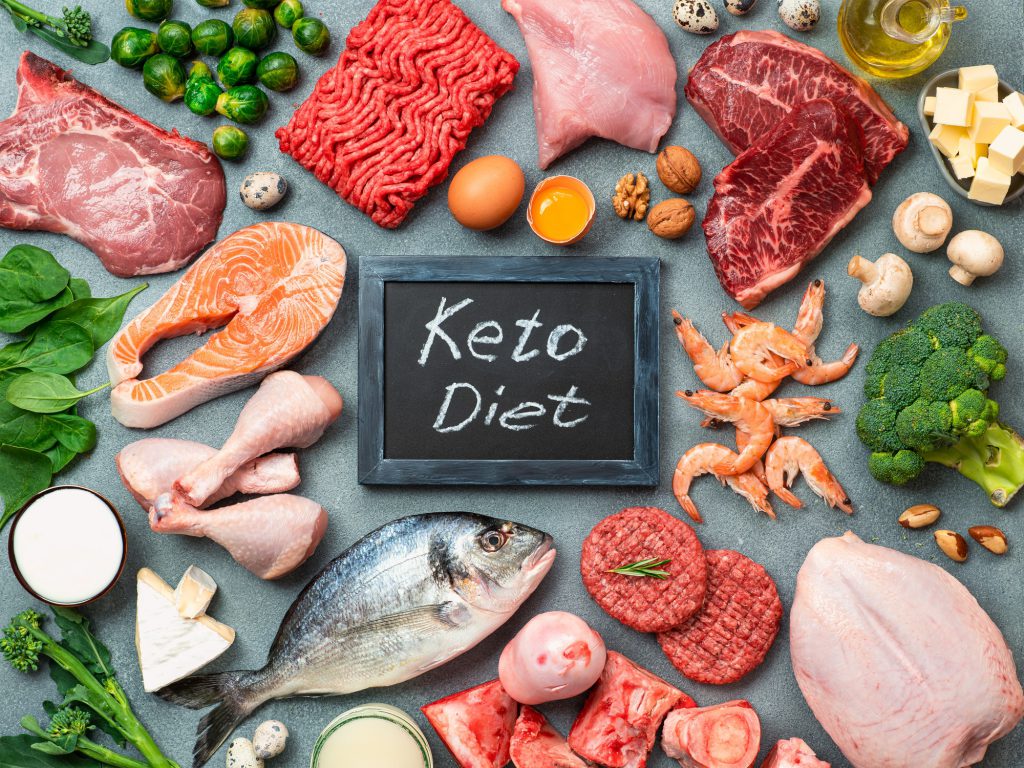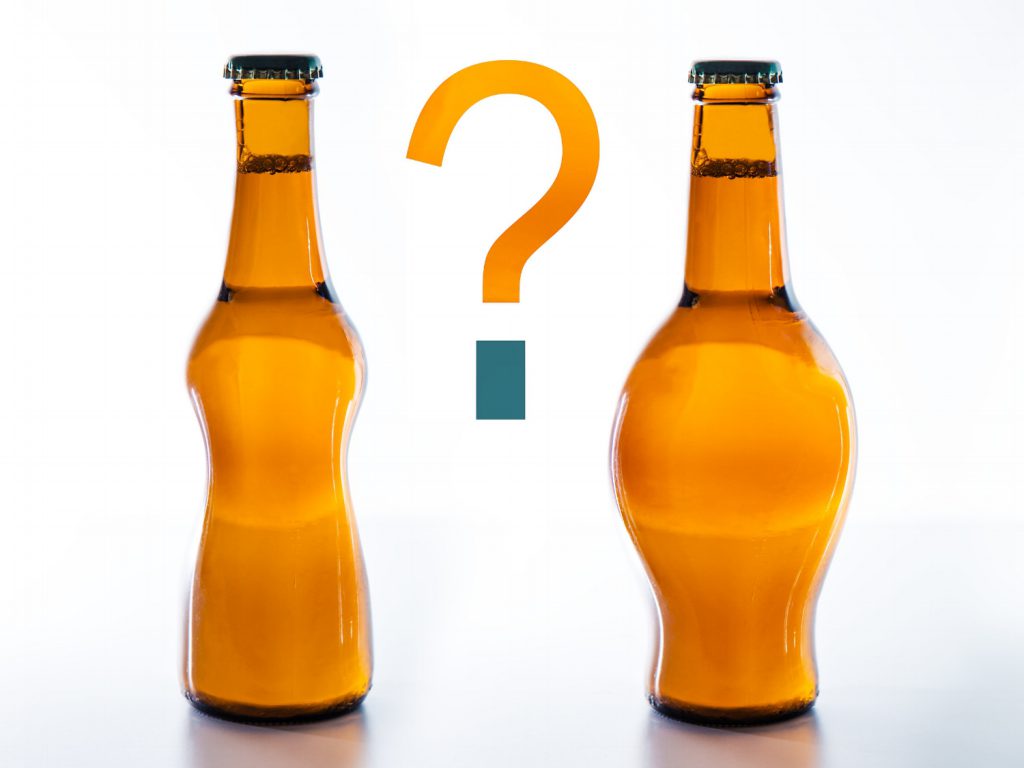Fiber and Its Role in Weight Loss – In recent years, it’s not hard to notice the struggles that people go through to shed some flesh. Achieving and sustaining a healthy weight presents many Benefits of Fiber for Weight Loss, including but not limited to the prevention of diseases like diabetes, heart diseases, and some forms of cancer.
Many of the weight loss practices available today are overly complicated, which could be one reason they tend not to work for some. However, there should be an easier way to achieve weight loss goals. This is where a simple weight loss practice like introducing a greater amount of fiber to your meal plan comes in handy.
This article explores what fiber is, Role of Fiber in Weight Loss, How Does Fiber Aid Weight Loss, how much you should aim for daily, its different sources, and how the Strive Weight Loss Challenge App can further improve your weight loss progress.
What Is Fiber?
Fiber is simply an edible but indigestible part of a plant. It’s different from fats, proteins, and carbohydrates, which the body could easily break down and absorb. Fiber can either be soluble or insoluble. Interestingly, the two forms of fibers can help you achieve your weight loss goals.
While soluble fiber (composed of plant pectin and gums) dissolves in water, insoluble fiber (composed of plant cellulose and hemicellulose) can’t dissolve in water. Soluble fiber dissolves in water and transforms into a gel that slows digestion, while insoluble fiber increases stool bulk and increases the rate of food transport in the GIT.
How Much Fiber Should You Take Daily?
According to a Journal of Academy of Nutrition and Dietetics paper, the average male and female should aim for a daily intake of 38 g and 25 g of dietary fiber based on a 2,000-calorie diet, respectively.
However, suppose you have gastrointestinal tract (GIT) issues. In that case, you should ensure you gradually increase your fiber intake, as fiber is more of a double-edged sword for this category of individuals. While fiber may aid relief from certain GIT disorders like constipation, going from zero to 30 g or more overnight (via the intake of high-fiber foods like bran) may present a risk of other GIT issues like bloating and gas.
How Does Fiber Aid Weight Loss?
Does Fiber Help You Lose Weight – Both soluble and insoluble fiber can promote weight loss and help sustain a healthy weight for a prolonged period. In addition, fiber is super filling, and as such, it keeps you filled for a longer time, reducing frequent hunger pangs.
Specifically, the soluble fibers are excellent appetite suppressants; they directly regulate the hormones concerned with appetite control — ghrelin and leptin. Several studies have been done around how soluble fibers control appetite hormones.
Some studies revealed that regular consumption of soluble fibers could reduce the amount of hunger hormones, such as ghrelin, in the body. On the contrary, other studies posit that soluble fibers work the other way — via the stimulation of the production of certain hormones that promote satiety, e.g., peptide YY, GLP-1, and cholecystokinin. Either way, soluble fibers reduce your frequency of calorie intake, thus helping to achieve weight loss.
On the other hand, insoluble fiber contributes to weight loss in a unique way. Since they do not dissolve in water, they often become bulky and constantly trigger bowel movements through stool formation, thus reducing constipation.
Excellent Sources of Fiber
Here are some of High Fiber Foods List Lose Weight that you could consider when preparing your next meal:
Pears
This is a generous source of fiber. For example, a medium-sized pear can offer up to 5.5 g of fiber.
Avocado
Avocados are rich in plant fats, qualifying them as desirable foods for weight loss. In addition, the fruit is dense with up to 10 g of fiber in just one cup of raw avocado.
Strawberries
Strawberries are not only tasty but are also packed with essential nutrients, including fiber. A cup of fresh strawberry could offer up to 3 grams of fiber.
Apples
These are fiber-rich fruits and are a top pick for those looking to shed weight. One medium apple offers as much as 4.4 g of fiber.
Bananas
An unripe banana contains resistant starch, which in many ways acts as a fiber. In addition to this, you obtain a decent fiber content of 3.1 g in one medium banana.
Raspberries
In addition to their intense flavors, raspberries are packed with essential nutrients, including an impressive 8 g fiber content in one cup.
Carrots
Carrot is a crunchy fruit replete with essential nutrients like vitamin B6, vitamin K, beta carotene (a vitamin A precursor), magnesium, etc. One cup of raw carrots fetches you up to 3.6 g of fiber.
Broccoli
This cruciferous vegetable is regarded among the most nutritious fruits on earth, offering a plethora of plant nutrients like vitamin C, folate, vitamin K, B vitamins, iron, manganese, potassium, etc. In addition, one cup of broccoli provides you with an impressive 2.4 g of fiber.
Brussels sprouts
This is yet another cruciferous vegetable that shares many similarities with broccoli. Like broccoli, brussels sprouts are packed with various nutrients, such as vitamin K, folate, potassium, alongside potent antioxidants active against cancer. You get as much as 3.3 g of fiber in one cup of raw brussels sprouts.
Beans
In soups, stews, and salads, lentils and other beans are an easy way to get fibre into your diet.
Dried fruits
Dried fruits like figs, prunes and dates can boost your fibre intake dramatically and are recommended for those struggling with occasional constipation.
Potatoes
Sweet potatoes, red potatoes, purple potatoes and even plain old white potatoes are all good sources of fibre; one small potato with skin can provide close to 3 grams of fibre.
Artichoke
While the artichoke may not be as popular as some other fruits, it is one vegetable that has proven to be a rich source of essential nutrients. One raw globe artichoke yielded a whopping 6.9 g of fiber, making it one of the best sources of fiber you can find.
Other foods rich in fiber include:
- Beets
- Kidney beans
- Lentils
- Chickpeas
- Oats
- Quinoa
- Chia seeds
- Almonds
- Sweet potatoes
- Dark chocolate
How the Strive App Can Further Aid Weight Loss
While adequate fiber intake can help you achieve your weight loss goals, keeping track of your weight loss progress lets you know if your meal plan approach is somewhat effective. What if we told you you could monitor your progress right from your mobile phone? Sounds exciting, right?
We found that many people struggle to keep track of their weight loss journeys, causing them to backslide along the line, as they have no reason to stay motivated. This led us to develop Strive a Weight Loss Challenge App that allows you to keep track of weight loss metrics like Weight, Body Fat percentage, Body Mass Index (BMI) that integrates with Smart Scales and allows you to manually weigh in. The app also integrates with the Health App on your iPhone which allows access to your number of steps, exercise minutes, move calories burned if you have any Smart Watches that records your exercise activities such as the Apple Watch.
Strive allows you to participate in competitions with friends and family in a leaderboard format from 1 week to 10 weeks for multiple health and fitness competition types:
- Weight Loss Percentage Competitions
- Body Fat Percentage Loss Competitions
- BMI Loss Competitions
- Step Competitions
- Distance in Miles Competitions
- Move Calories Competitions
- Exercise Minutes Competitions
How do you get started? You can easily install Strive from the App Store today and smash those weight loss goals you’ve always had in mind.
How does soluble and insoluble fibre help in weight loss?
Both soluble and insoluble fibre can help you lose weight and keep it off for a long time. Soluble fibres are great appetite suppressants because they directly influence the hormones ghrelin and leptin, which are involved in hunger control. In addition, soluble fibres stimulate the production of satiety-promoting hormones in the opposite manner. Soluble fibres help you lose weight in either instance by reducing your calorie intake frequency. Insoluble fibre, on the other hand, has a unique role in weight loss. They grow bulky and constantly prompt bowel movements through stool production, therefore relieving constipation, because they do not dissolve in water.
Why should you choose fibre rich foods over fibre supplements?
Because fibre-rich foods contain more than just fibre; cereals, fruits, vegetables, and beans also contain vitamins, minerals, and plant compounds (known as phytonutrients) that are essential for optimal health. Fibre supplements may bind with minerals like calcium, magnesium, and iron, so get your fibre from foods rather than supplements.
What is the difference between soluble and insoluble fibre?
Soluble fibre expands in your stomach, creating bulk and a sense of fullness. Dried beans and legumes, oats, oat bran, barley, and citrus fruits are all good sources of soluble fibre. Because soluble fibre behaves like a sponge, it absorbs cholesterol and pulls it out of your body, it lowers cholesterol levels.
The woody or structural sections of plants, such as broccoli, apples, wheat bran, and whole grain cereals, are high in insoluble fibre, also known as roughage. Insoluble fibre helps to increase gut motility, promote bowel regularity, and lower the risk of colon cancer and diverticular disease by speeding up the movement of material through the digestive tract.
What happens when I don’t get enough fibre?
One of the healthiest foods you can eat is fibre. But what precisely occurs in your body if you continuously consume insufficient fibre?
- Your chance of developing cardiovascular disease is increased.
- You might not live as long
- You might not live as long
- You won't have a strong immune system.
- Weight management is more difficult.
- You either use the bathroom too much or not enough.
How fibre works in your body?
- Fibre helps to keep blood sugar levels steady and prevent Type 2 diabetes by slowing the absorption of sugar into the bloodstream.
- Fibre improves heart health by lowering harmful LDL cholesterol.
- Fibre keeps you full and satisfied, allowing you to control your appetite and weight.
- Fibre helps you avoid constipation and the risk of diverticulitis by keeping your digestive tract healthy and regular.
- Fibre helps to lower the risk of certain cancers, such as colon and breast cancer.
How fibre acts as an all natural detox?
Fibre naturally scrubs your gastrointestinal tract and encourages the removal of toxins. Before they can be absorbed by the body, soluble fibre absorbs potentially harmful substances including too much oestrogen and unhealthy fats. Insoluble fibre shortens the time that substances like BPA, mercury, and pesticides remain in your system since it helps things move along more rapidly. The less opportunity they have to harm you, the faster they pass through you.
Where is fibre stored in the body?
Food fibre enters the colon and absorbs water since we do not digest it. In order for the muscles in the colon to push waste out of the body, the undigested fibre provides "bulk." Constipation can be avoided by eating adequate fibre. It might also lower the chance of developing colon cancer. You're likely to eat less and feel fuller longer if you eat high-fibre foods instead of low-fibre foods because they tend to be more satisfying.
What are the causes of eating too much fibre?
For women, a daily fibre intake of 25 grams is advised, while for men it is 38 grams. But according to some experts, up to 95% of people don't consume this much fibre. Despite the fact that it seems like most individuals don't get the appropriate amount of fibre, it is possible to consume too much fibre, particularly if you do it quickly. Too much fibre may result in:
- Bloating
- Abdominal Pain
- Flatulence
- Loose Stools or Diarrhoea
- Constipation
- Temporary Weight Gain
- Intestinal Blockage In People With Crohn’s Disease
- Reduced Blood Sugar Levels



